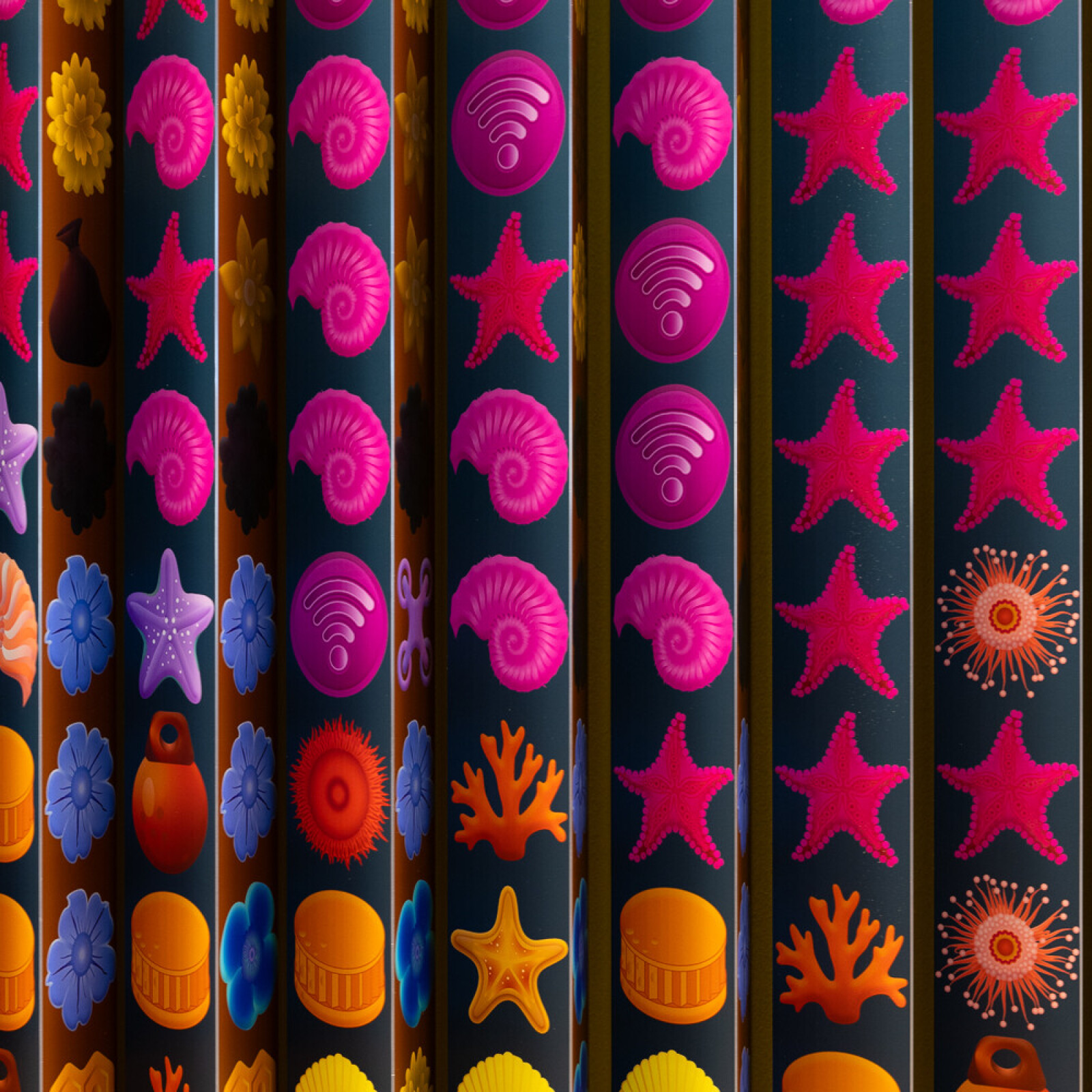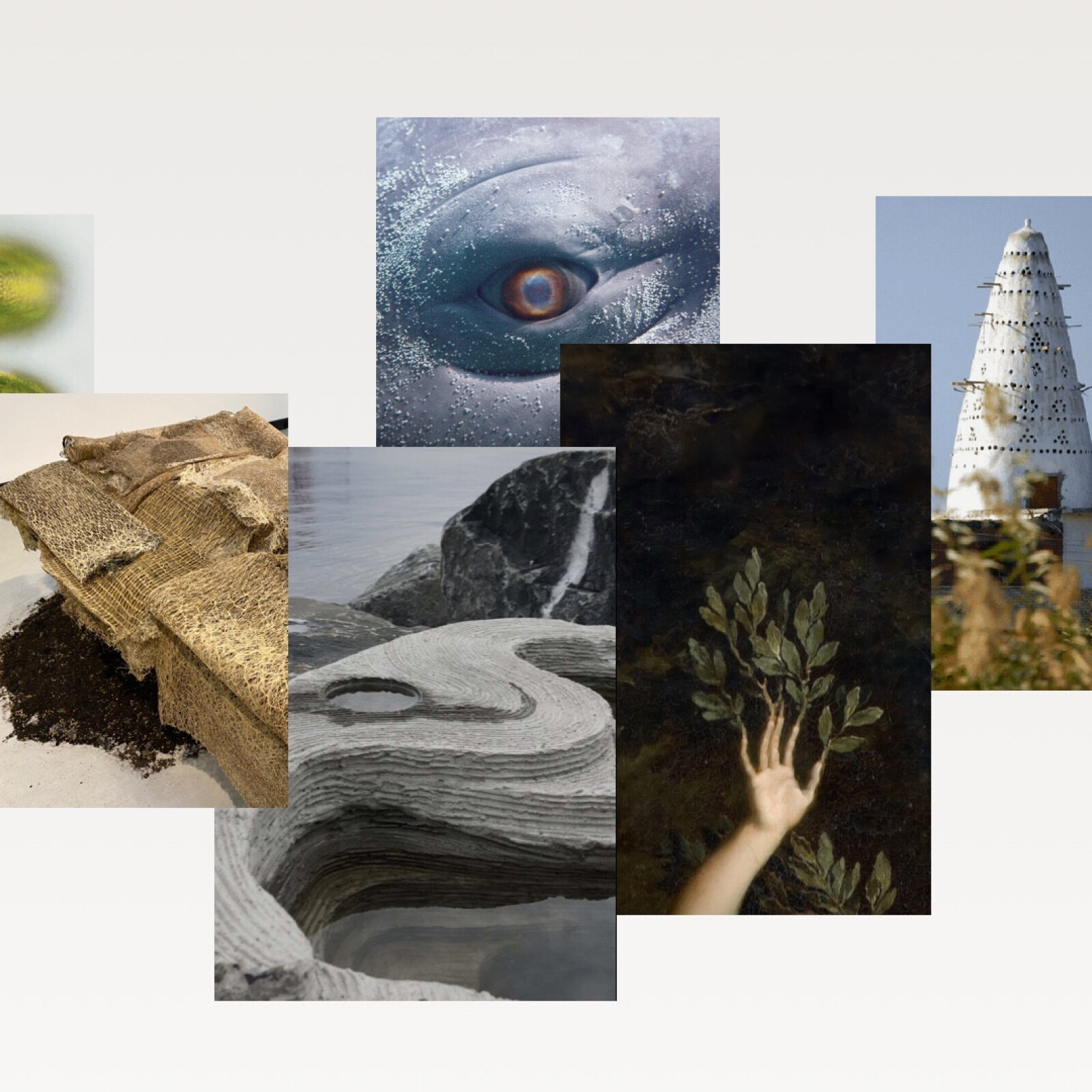Earlier this month I attended Circular Design Week in Taiwan, and had the opportunity to join a group of people from various backgrounds – design, engineering, food, publishing – curious to see some of the different approaches to circularity being adopted in the island nation. We tasted artisanal soy sauce, visited a circular housing development and discussed one of Future Observatory’s favourite topics, bioregioning.
Established by the Japanese design consultancy Re:public, CDW is a nomadic initiative for exploring circular design practices in the Asia-Pacific region. The first edition took place last year in Japan’s Kagoshima prefecture, and Dan Hill used it as a way of testing the ideas of philosopher Kohei Saito in Issue Nº1 of Future Observatory Journal, which was dedicated to bioregioning. Indeed, it was in response to FOJ that Re:public chose Bioregioning as the theme of this year’s event, generously inviting me to give the keynote lecture at the conference in Taipei.
But CDW is not just a conference. It’s a group tour of regional initiatives that gives a deeper sense of local context so that the discussions at the conference have a more situated quality. And what better way to situate us in Taiwan than by visiting an artisanal soy sauce producer in the southern region of Chiayi? Yu-Ding-Shing is run by two brothers who are keeping alive the traditional methods of wood-fired soy sauce, at the same time updating the range of flavours for more modern culinary tastes. (If, like me, you thought soy sauce came in two kinds – light and dark – then you might appreciate the spectrum of bottles on offer, ranging from caramelised and miso-inflected to kiwi flavoured.)
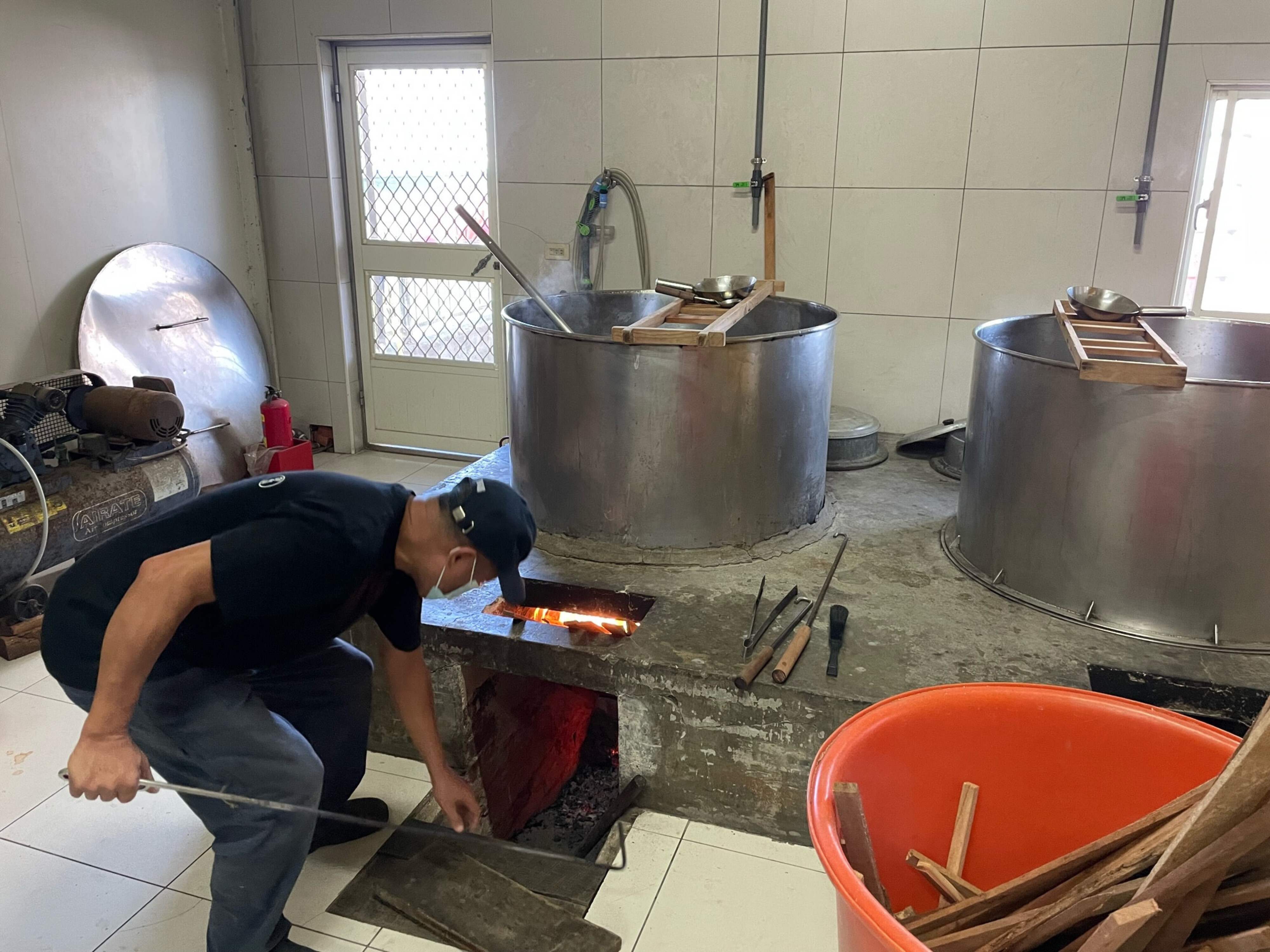
As with any fermented product, the key ingredient is time. On Yu-Ding-Shing’s roof terrace, rows of terracotta vessels each hold hundreds of kilos of bean water, slowly baking in the sun under a protective crust of salt. Unlike mass-produced soy sauce, Yu-Ding-Shing’s is bioregional, using local soy beans and sea salt, and the brothers strengthen their bond with local farmers by hosting community meals where new recipes get trialled.
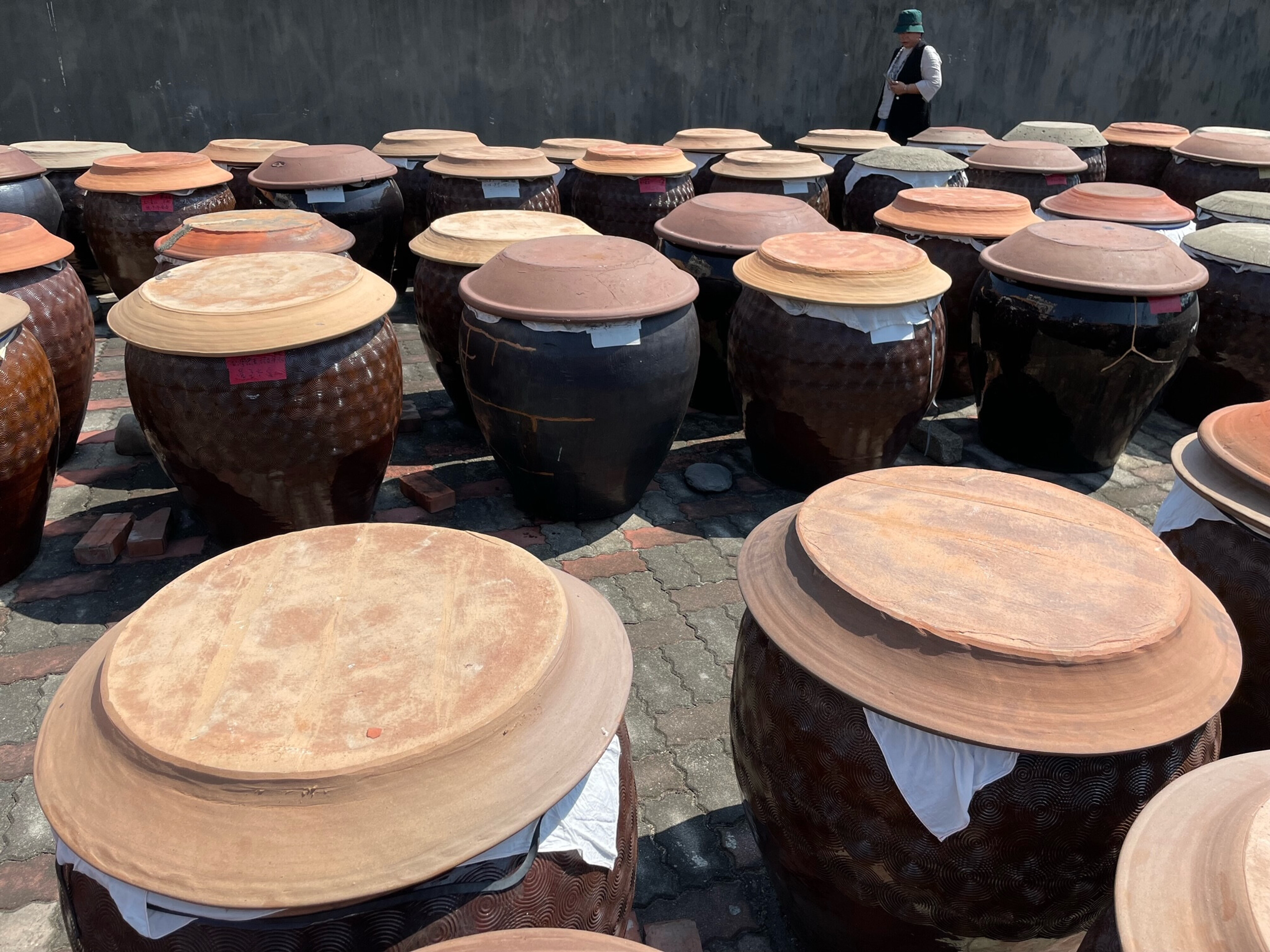
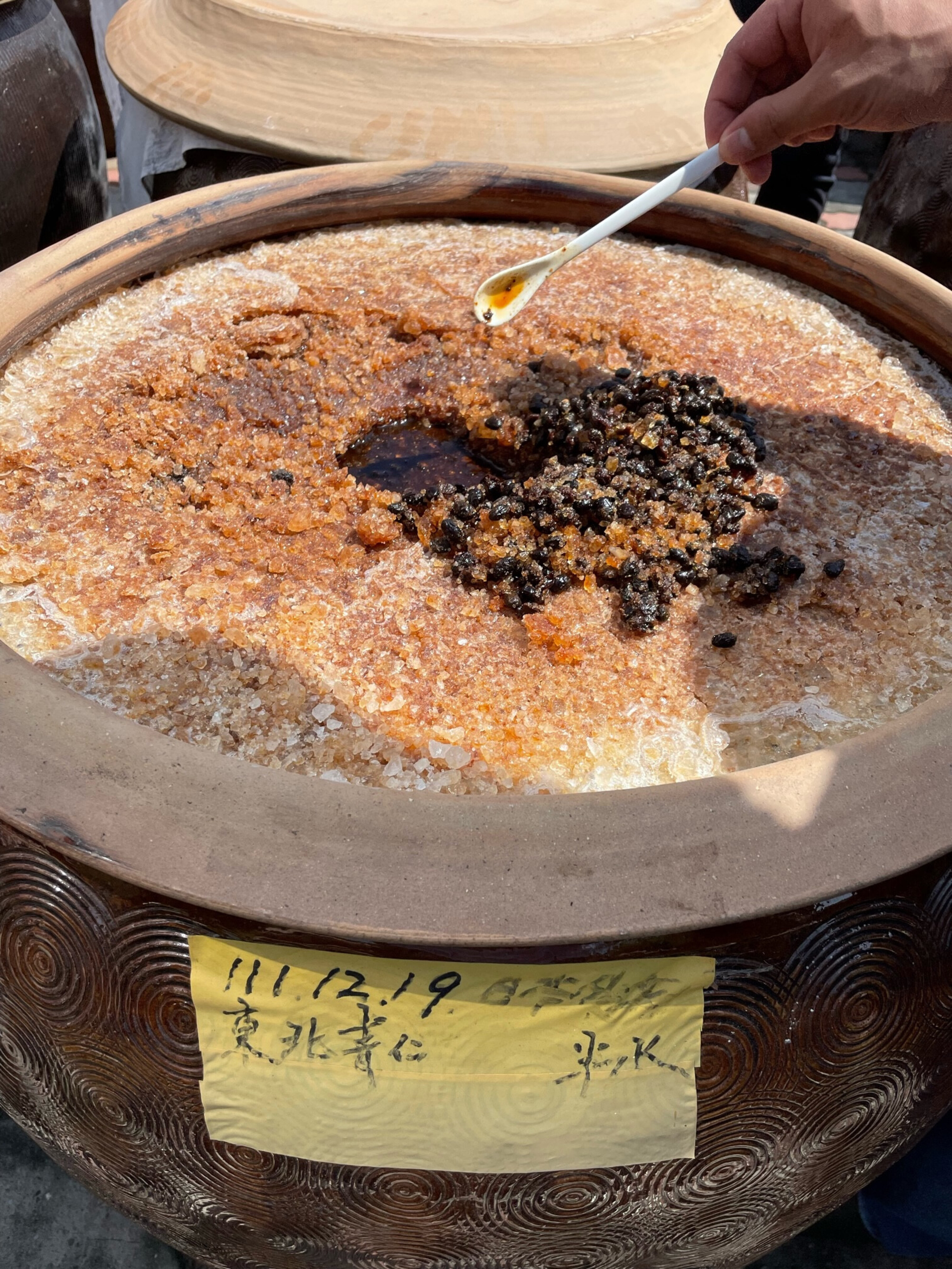
From small, community-based initiatives such as this, we moved on to larger, top-down projects. One of these was Taisugar Circular Village, a circular housing development outside the city of Tainan. Built by the Taiwan Sugar Company, which is the largest landowner in the country, the development is intended as a system demonstrator putting a whole suite of circular principles into practice. The buildings use prefabricated, modular elements designed for easy disassembly and reuse, and every element, from structural members to pipes, has a material passport logging the embodied carbon and other data required for reuse in, say, thirty years’ time. Designed by Taipei based practice Formosana, the buildings provide 351 apartments arranged attractively around a community garden. The roofs are lined with solar panels and the buildings are energy efficient. And the whole model is based on renting, not just the apartments, but all the appliances and the furniture as well. There are event communal kitchens.
You’d be hard pressed to find more progressive ideas condensed into a single housing project. And yet something is awry. It appears not be attracting quite enough tenants, who find it expensive, rather over prescribed and impersonal with its rented Ikea furniture. It also emerged that residents are not necessarily inclined to participate as a community in its circular ethos. It’s as if everything has been perfectly engineered from a technocratic perspective, but the human factor that comes from community building and engagement was somehow left out. The project also feels trapped between being an experimental system demonstrator on the one hand and a for-profit business on the other, and perhaps needs to be freed up to adapt as necessary until the right social and economic model is found. But, teething troubles aside, one thing jumped out: the idea that the building materials themselves would be a source of future income. Long-term financial modelling like that can only incentivise the adoption of circular construction methods.

All of this was chewed over at the conference, where I opened proceedings with my favourite quote from Michel Serres’ eminently quotable The Natural Contract – the one about the captain of a ship that his heading straight for the rocks telling his crew to reduce speed by ten knots. When most ‘sustainable design’ is about slowing down the boat, what kind of narratives are required to actually change course? The circular economy is clearly an urgent strategy, but we will not recycle our way out of the climate crisis. And how effective is it proving when even the most circular economy in the global north, Denmark’s, is only 4 per cent circular? Do we not also need to be transitioning, as Arturo Escobar says, from one narrative of the world to another? My proposition was that concepts such as bioregioning and more-than-human design challenge our conventional models of design and society in potentially course-changing ways.
The other speakers at the conference gamely took up that challenge when reflecting on their own practices. For instance, Ibu Istanda Takiscibanan has launched a slow food business that keeps indigenous recipes alive and uses only traditional organic materials to serve them. Meanwhile, Tomas Diez recounted his experience of establishing the Fab City network out of Barcelona, and the transformative potential of bringing small-scale manufacturing back to cities but in a truly distributed way, using digital tools.
It's never interesting to read the proceedings of a conference you didn’t attend, so I won’t subject you to that here. I’ll conclude with a couple of thoughts about the potential of design and bioregioning in Taiwan. It’s worth noting that our hosts for the conference were the Taiwan Design Research Institute (TDRI), which is not unlike the Design Council in its purpose but operates at a different scale – they have 200 employees, which suggests how seriously the Taiwan government takes design. And given that Taiwan is an island – and one that exists in a permanent state of geopolitical tension – it seems an ideal testing ground for bioregional design and other experiments in self-sufficiency. My closing thought is courtesy of professor Daijiro Mizuno of the Kyoto Institute of Technology, who, in a conversation about the revival of animism as a way of thinking through more-than-human practices, pointed out that buddhism holds the spiritual dimension of other species as a central tenet. So: a resourceful island economy, a commitment to circular design and buddhism – these seem like a strong basis for a bioregional future.



